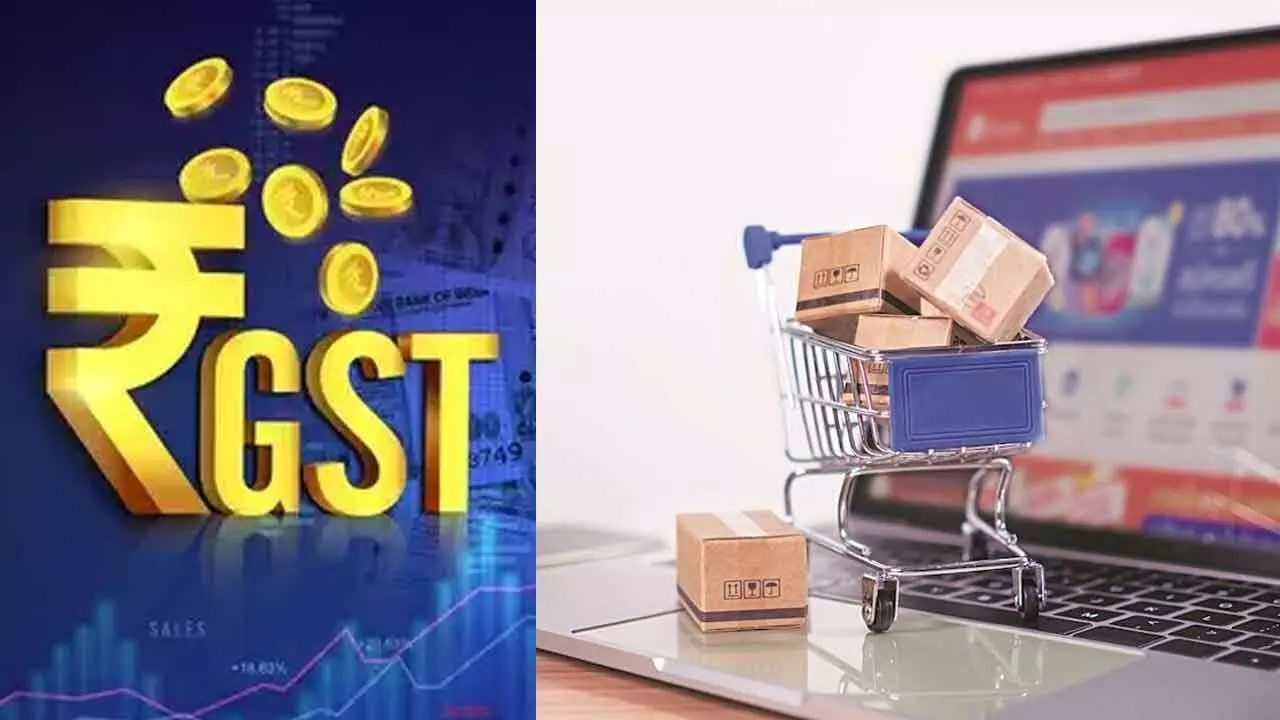Recent GST changes likely to give e-commerce an added boost this festive season
Recent GST changes likely to give e-commerce an added boost this festive season

India’s festive season has always been a high point for e-commerce, with millions of shoppers turning to online platforms for festive season deals. Over the last three years (2022, 2023 & 2024), festive season sales have not only grown in size but also witnessed significant shifts in consumer behaviour, category preferences, and regional participation.
If a recent study by Unicommerce’s flagship platform, Uniware through these years is to be believed, the festive season sale window has expanded over the years - from just over a week in 2022 to a month-long shopping cycle today. What once began only with the Navratri days, now starts earlier and continues with multiple sale waves through Dussehra, Karwa Chauth, Dhanteras, Diwali, and Bhai Dooj, turning festive e-commerce into an ongoing celebration rather than a single event.
Interestingly, Unicommerce serves more than 7100 clients across India, Southeast Asia, and the Middle East. Some of its marquee clients include FabIndia, Lenskart, Timex, TCNS, Mamaearth, Sugar, Emami, Urban Company, Cello, Symphony, Healthkart, GNC, boAt, Portronics, TMRW, Mensa, Landmark Group and many more. Unicommerce’s flagship platform, Uniware, achieved an annualised transaction run rate of over 1 billion order items in Q3 FY25.
That's not all. Alongside a longer duration, festive e-commerce has become broader in its reach. In 2022, metros & Tier-1 cities saw strong growth of 56 per cent, compared to about 36 per cent growth in Tier-2 and Tier-3 towns (combined) over the previous year’s festive sales. The pattern was similar in 2023, with metros and Tier-1 cities growing at 53 per cent and smaller towns together growing at around 30 per cent. In 2024, the picture changed with growth in metros slowing to 2 per cent, while Tier-2 and Tier-3 towns together grew by nearly 15 per cent.
Tier-2 and Tier-3 towns now account for more than half of festive orders. The share of festive season orders from Tier 2 & 3 towns (combined) has been 55.33 per cent, 51.91 per cent and 52.97 per cent in 2022, 2023 and 2024 respectively.
This clearly shows that while metros drove festive e-commerce growth in the early years, smaller towns are now becoming the main contributors, reflecting how online shopping is spreading more deeply across Bharat.
Festive shopping patterns in India have also been evolving over the last three years. While beauty & personal care (BPC) and fashion & accessories have been the two top contributors of festive orders over these years, FMCG has consistently led volume growth from 2022 through 2024 - with food & beverages leading the numbers.
In 2022, electronics & home appliances and home decor drove festive baskets whereas 2023 saw a pivot towards eyewear & accessories and beauty & wellness products, pointing to lifestyle and personal care upgrades. By 2024, the momentum expanded further with health & pharma and travel accessories joining the growth charts, signaling how festive shopping has evolved from big-ticket buys to broader lifestyle and wellness-driven consumption.
So, what's in store for us and the e-tailers?
Now looking forward, the recent GST changes, effective from September 22, 2025, are likely to give festive e-commerce an added boost. Lower rates across FMCG products including daily essentials like grains, dairy items, hair oil, shampoo, etc., textiles including readymade apparel as well as electronic appliances among others, are expected to make prices more attractive for online shoppers during the festive season sale period.
Businesses are likely to leverage this festive window to spotlight products that have moved to the lower tax slabs, a move likely to resonate strongly with value-conscious buyers. Festive 2025 is also expected to spotlight the role of AI, with Quick-commerce reshaping habits with last-minute gifting, festive essentials, and impulse buys delivered in minutes, and AI sharpening demand forecasts, optimising inventory, and curating personalised journeys.

